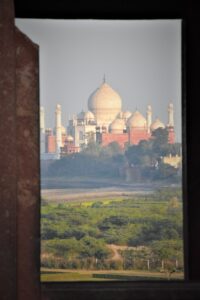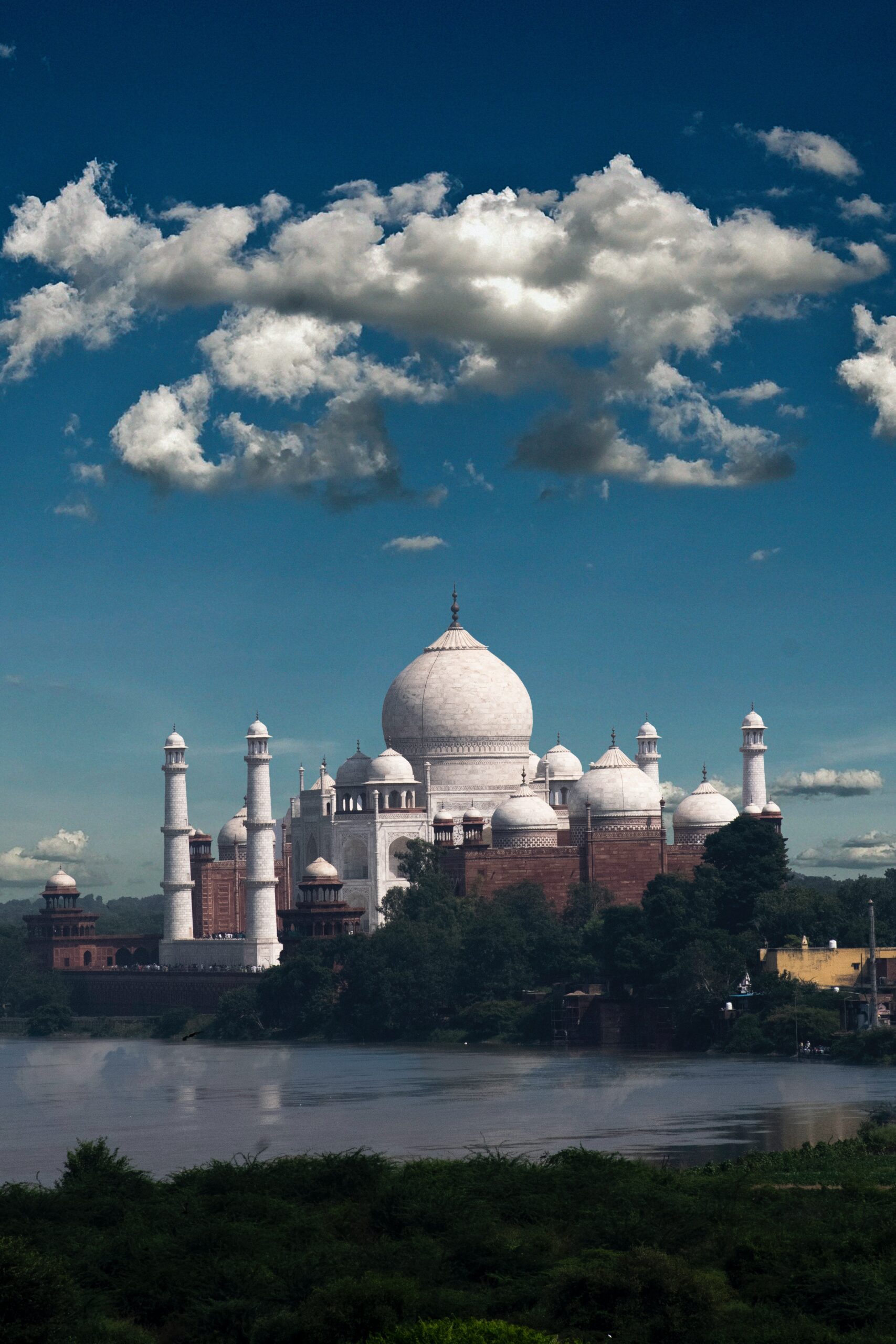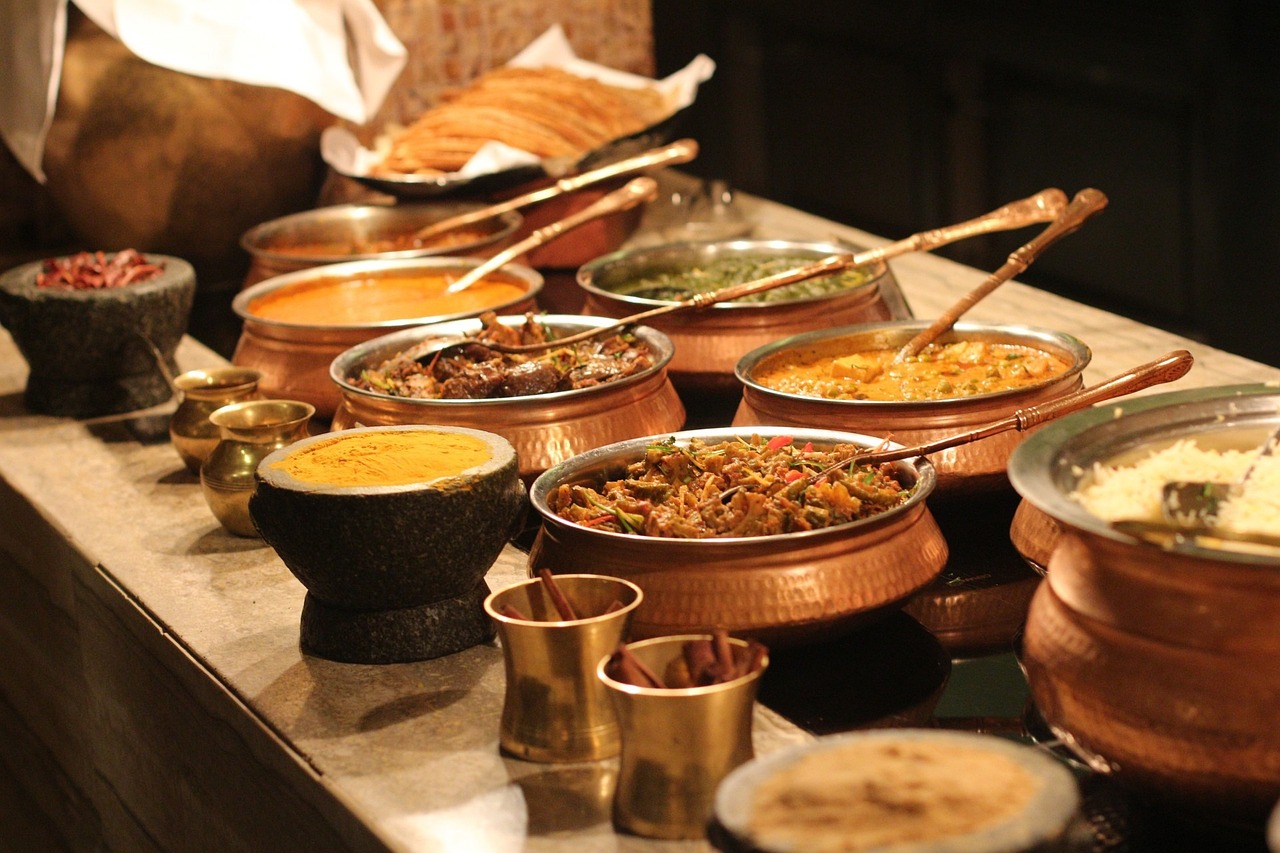Mughal Empire
The Mughal rule in India, also known as the Mughal Empire, began in 1526 and lasted until 1858. It was a period of great cultural and economic growth in India, as well as a time of political instability and religious conflict.
The Mughal Empire was founded by Babur, a Chaghatai Turk who claimed descent from the Mongol ruler Genghis Khan. Babur was able to defeat the Sultan of Delhi, Ibrahim Lodi, in the Battle of Panipat and establish the Mughal dynasty in India.
Under Babur’s successors, the Mughal Empire rapidly expanded, conquering much of northern India and extending its influence into the Deccan region. The most famous of these rulers was Akbar, who was known for his religious tolerance and his efforts to centralize the empire. He also introduced a number of administrative and economic reforms, such as a standardized system of land revenue and the establishment of a central bureaucracy.
During the reign of Akbar’s grandson, Shah Jahan, the Mughal Empire reached its peak in terms of both territory and cultural achievements. Shah Jahan is best known for his construction of the Taj Mahal, one of the most beautiful buildings in the world. He also oversaw a period of great economic growth, with the empire’s economy based on trade, agriculture, and manufacturing.

However, despite its successes, the Mughal Empire faced numerous challenges during this period. These included factional infighting among the ruling elite, as well as the growth of regional powers such as the Marathas and the Sikhs. The Mughal Empire also struggled with religious tensions, particularly between the Hindu majority and the Muslim minority.
By the 18th century, the Mughal Empire was in decline. It faced increasing competition from European powers, such as the British and the French, who had established trading outposts in India. The Mughal emperors were unable to effectively respond to these challenges, and the empire gradually weakened.
In 1857, the Indian Rebellion, also known as the Sepoy Mutiny, broke out, leading to the downfall of the Mughal Empire. The rebellion was sparked by a number of factors, including economic discontent, religious tensions, and resentment of British rule. It was a major turning point in Indian history, paving the way for the establishment of British colonial rule in India.
Conclusion : The Mughal rule in India was a period of great cultural and economic achievements, but also one of political instability and religious conflict. Despite its many challenges, the Mughal Empire played a significant role in shaping the history and culture of India.
20 things that Mughal empire brought to India

- The Mughal Empire brought political stability and unity to India.
- The Mughals introduced and developed a centralized administration system.
- The Mughal rulers promoted trade and commerce, leading to an increase in economic growth.
- The Mughals introduced new technologies and methods of agriculture, which led to an increase in food production.
- The Mughals built a large network of roads and infrastructure, improving transportation and communication.
- The Mughal rulers patronized art, architecture, and literature, leading to the development of a rich cultural heritage.
- The Mughals introduced a number of new crops and plants, including cotton, sugarcane, and mangoes.
- The Mughals established a system of education and learning, leading to the development of a well-educated society.
- The Mughals introduced new forms of art and music, which influenced Indian culture and traditions.
- The Mughal rulers built a number of magnificent palaces and forts, which are now important historical and cultural landmarks.
- The Mughals introduced new forms of cuisine and culinary techniques, which are still popular today.
- The Mughals promoted religious tolerance and diversity, allowing people of different faiths to coexist peacefully.
- The Mughal Empire contributed to the development of a distinct Indian identity and culture.
- The Mughals introduced new systems of taxation and revenue collection, which helped to fund public works and services.
- The Mughal rulers established a strong and efficient military, which protected the Empire from external threats.
- The Mughals introduced new forms of weaponry and military tactics, which improved the effectiveness of the army.
- The Mughal rulers promoted the use of the Persian language and literature, leading to the development of a unique Indian-Persian culture.
- The Mughal Empire attracted scholars, artists, and traders from around the world, leading to the exchange of ideas and knowledge.
- The Mughal rulers implemented a system of justice and law, which ensured the protection of people’s rights and freedoms.
- The Mughal Empire left a lasting legacy on Indian culture, art, and architecture, which continues to influence modern India.
20 things that led to the downfall of Mughal empire

- Religious persecution of non-Muslims, particularly Hindus.
- Forced conversions to Islam.
- Intolerance towards other religions and cultures.
- Oppression of lower castes and classes.
- Exploitation of the peasantry.
- High taxes and corruption.
- Mismanagement of natural resources, leading to environmental degradation.
- Poor treatment of women, including limited rights and lack of education.
- Discrimination against minorities, such as Sikhs, Jains, and Buddhists.
- Unfair distribution of wealth, with the ruling class becoming increasingly wealthy while the majority of the population remained poor.
- Economic decline, particularly in agriculture.
- Inadequate infrastructure, leading to poor transportation and communication.
- Poor sanitation and public health.
- Lack of progress in science and technology.
- Military defeats and loss of territory to foreign powers.
- Deterioration of law and order, with frequent instances of crime and violence.
- Inefficient administration and bureaucracy.
- Lack of cultural and artistic freedom, with censorship and suppression of creative expression.
- Depletion of natural resources and destruction of forests and wildlife.
- Increasing tensions and conflicts between different communities and factions within the empire.
ALSO READ : NAVRATNAS IN AKBAR’S COURT.










